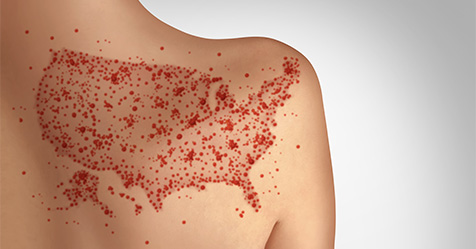Research Finds Hotel Germs Spread to Half of Surfaces Studied
Evidence-based cleaning protocols enhance public health protection
Tracer organisms placed on high-touch surfaces in a hotel lobby spread to 50% of sampled surfaces within four hours, according to new research published in the International Journal of Hygiene and Environmental Health.
The study provided strong evidence that targeted hygiene interventions effectively reduce surface contamination and infection risks in high-traffic hospitality environments. By integrating behavioral observations, real-world viral tracers, and quantitative microbial risk assessment basics (QMRA) modeling, the study demonstrated that strategically timed and placed disinfection reduces microbial loads by over 97%, bringing infection risks for key pathogens below public health thresholds.
Importantly, even uncleaned surfaces exhibited reduced contamination, suggesting that targeted cleaning indirectly limits environmental pathogen spread. The findings support the adoption of evidence-based cleaning protocols that prioritize efficiency over excessive chemical use, enhancing public health protection while reducing operational burdens.
By providing a quantitative framework for assessing hygiene interventions, the study offered actionable insights for hospitality managers, public health officials, and policymakers. The researchers said future research should evaluate the long-term sustainability of targeted cleaning approaches, assess pathogen-specific responses to disinfection, and explore scalability in various public environments beyond hotels.


